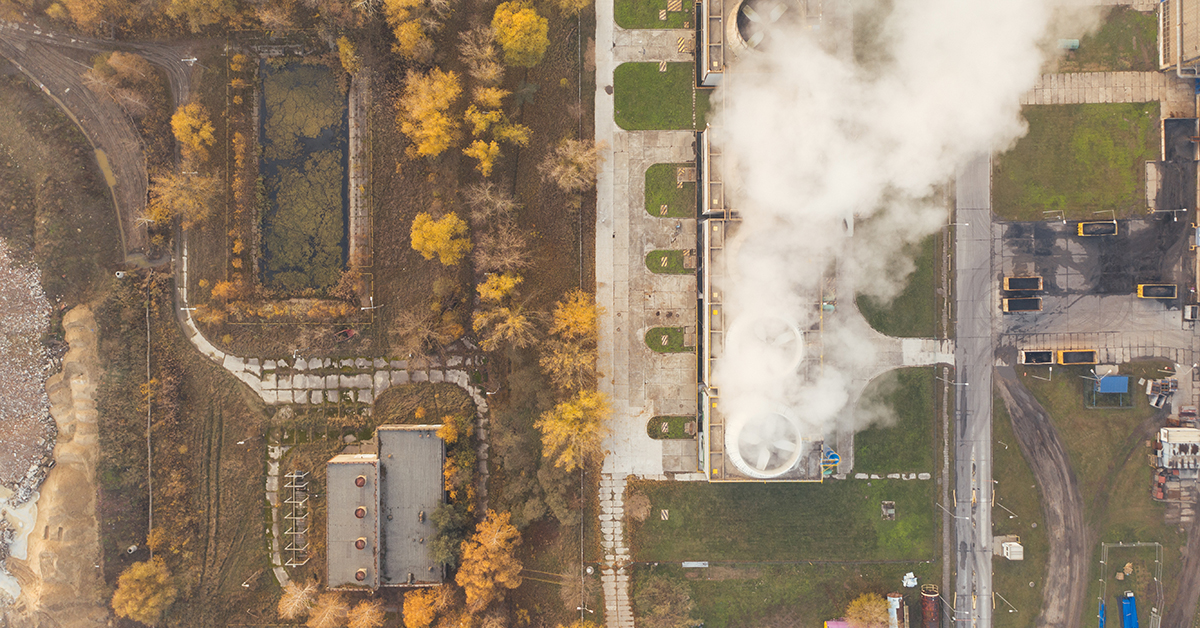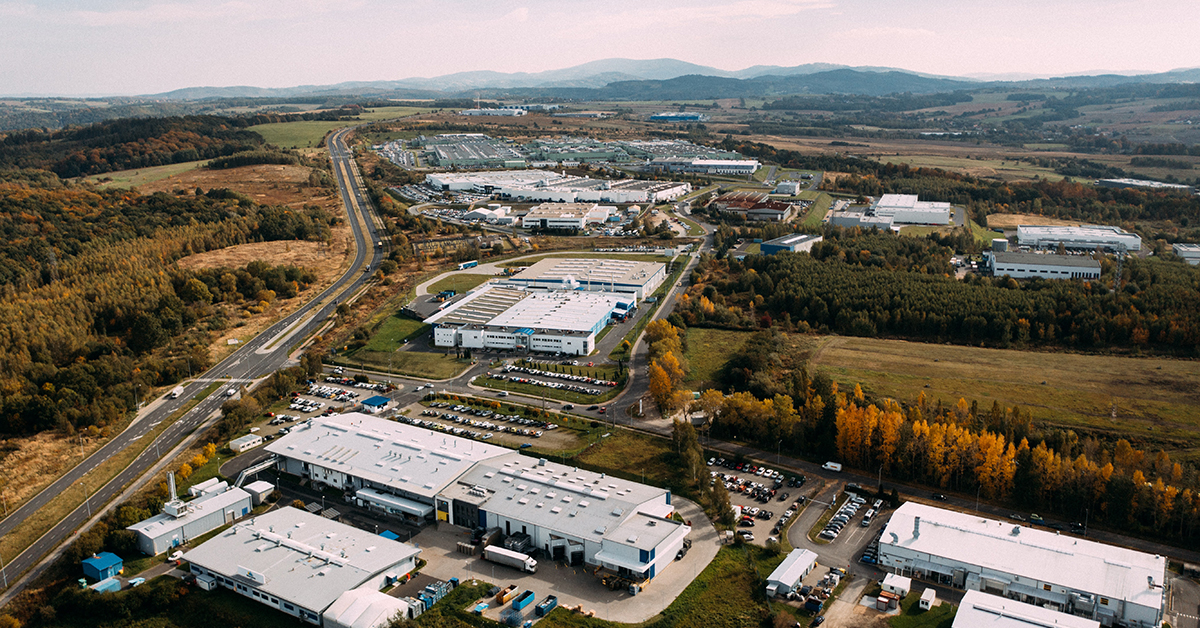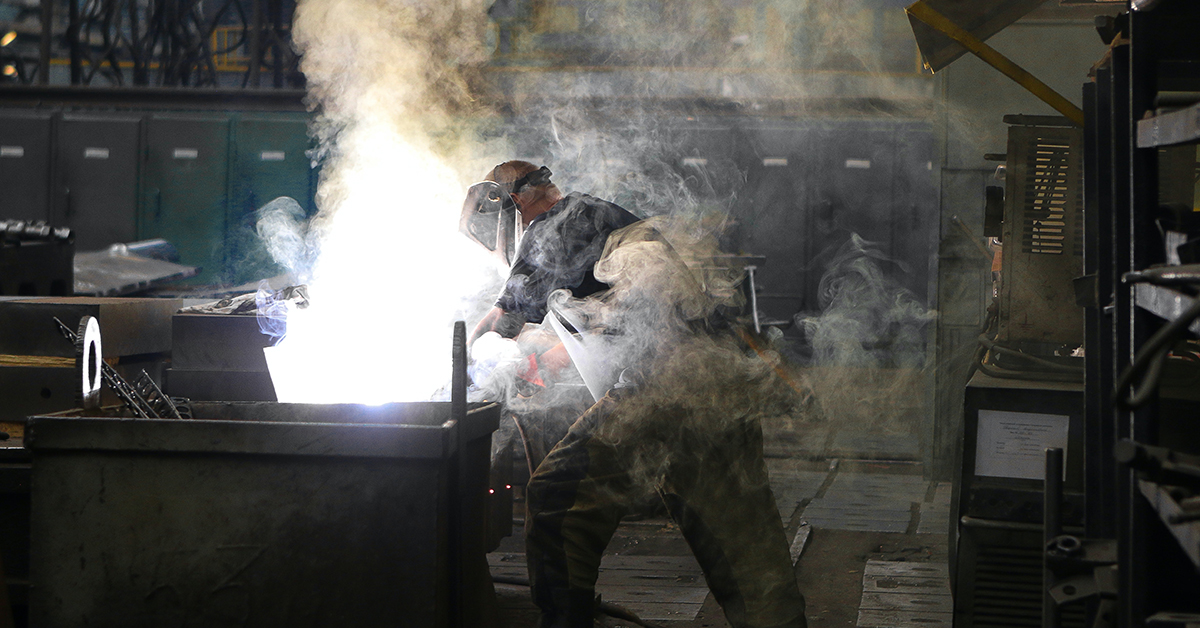by KenBay | Apr 12, 2024

The Evolution of Recycling and Waste Management Laws: A Comprehensive Overview
Recycling and waste management are critical components of environmental stewardship. As our understanding of sustainability grows, so do the laws and regulations governing these practices. In recent years, several states in the United States have implemented significant changes to their recycling, waste, and organics management laws. This blog post explores these developments, highlighting key points and examining how companies like KenBay, with their efficient commercial trash compactors, can contribute to a greener future.
(more…)
by KenBay | Jan 23, 2024

In the dynamic landscape of modern manufacturing, the mantra of “Reduce, Reuse, Recycle” is more than just a catchphrase – it’s a strategic approach that can revolutionize industrial processes. By incorporating these principles, manufacturers not only contribute to environmental sustainability but also stand to significantly reduce costs associated with industrial waste. In this article, we will explore creative ways manufacturers can implement the 3R’s to enhance their practices and make a positive impact on both their bottom line and the planet.
(more…)
by KenBay | May 4, 2023
 The excessive amounts of industrial non-hazardous waste is rapidly becoming an important issue for both developing and industrialized economic nations the world over. Countries are creating comprehensive waste management plans to help alleviate issues brought on by post-recycling, non-hazardous waste which would otherwise fester in landfills, causing ecological concerns. (more…)
The excessive amounts of industrial non-hazardous waste is rapidly becoming an important issue for both developing and industrialized economic nations the world over. Countries are creating comprehensive waste management plans to help alleviate issues brought on by post-recycling, non-hazardous waste which would otherwise fester in landfills, causing ecological concerns. (more…)
by KenBay | Mar 24, 2023

If a business or manufacturing facility is going to work at peak functionality and still abide by all environmental laws endemic to its location, it is necessary to first be fully aware of local industrial waste rules regulations. In the United States, most states take their cues and guidance from the Environmental Protection Agency (EPA) which sets the standard for the country at large. Rules are also applied at the state and municipal levels to better regulate industrial and hazardous waste.
The EPA regulates household, industrial, and manufacturing solid and hazardous wastes under the Resource Conservation and Recovery Act (RCRA). RCRA’s goals are to protect communities and citizens from the hazards of waste disposal; conserve energy and natural resources by recycling and recovery; reduce or eliminate waste; and clean up waste that may have spilled, leaked or been improperly disposed of.
(more…)
by KenBay | Feb 24, 2023

Every production facility needs an adequate commercial waste disposal system to provide and maintain a clean, safe working environment. The primary piece of equipment for proper waste management is the industrial trash compactor. These necessary machines are able to compress all manner of facility waste into smaller sizes for easy hauling to landfills or are able to compact the trash into easy-to-manage trash compactor bags for disposal. All of this necessitates a properly functioning industrial trash compactor. To keep your industrial trash compactor running at A-1 shape, routine maintenance is necessary.
(more…)
by KenBay | Jan 25, 2023

The two primary objectives of increasing a manufacturing facility’s ROI (Return On Investment) in regards to using an on-site industrial waste compactor are to reduce labor and hauling costs. When employing the optimal compactor for any specific application, a company can see an ROI in one to two years incorporating certain factors.
(more…)
by KenBay | Nov 28, 2022

Countries all over the world are looking into comprehensive waste management plans to help alleviate issues brought on by excessive garbage. For almost 35 years, the Environmental Protection Agency (EPA) has tracked and reported on garbage statistics in the United States. The current rate of municipal solid waste (MSW) production is estimated by the government to be 292.4 million US short tons, or 4.9 pounds per person per day. Out of the MSW that was produced, about 69 million tons were recycled, and 25 million tons were composted.
(more…)
by KenBay | Oct 24, 2022

Through the Guide for Industrial Waste Management, the United States Environmental Protection Agency (EPA) provides guidance for facility managers, state and tribal regulators, the public, and others with recommendations and tools to better address the management of land-disposed, non-hazardous industrial waste.
The EPA defines non-hazardous industrial waste as “waste generated from processes associated with the production of goods and products, such as electric power generation and manufacturing of materials such as pulp and paper, iron and steel, glass, and concrete.” The EPA also proposes laws and regulations regarding industrial waste that stress the proper disposal of industrial waste.
(more…)
by KenBay | Sep 26, 2022

Industrial trash compactors are designed and built to save labor time. Reducing labor for the removal of trash materials from a facility can be realized by minimizing the volume of trash being transported and by reducing the distances the trash has to be moved to get from where it is produced to the trash compaction point. A trash compactor can immediately improve productivity, which is a huge plus. Using a mobile trash compactor can cut down on trash hauling by as much as twenty to thirty trips per week.
(more…)
by KenBay | Aug 22, 2022

What Is the Internet of Things (IoT)?
The Internet of Things (IoT) describes the network of physical objects that are embedded with sensors, software, and other technologies for the purpose of connecting and exchanging data with other devices and systems.
(more…)




 The excessive amounts of industrial non-hazardous waste is rapidly becoming an important issue for both developing and industrialized economic nations the world over. Countries are creating comprehensive waste management plans to help alleviate issues brought on by post-recycling, non-hazardous waste which would otherwise fester in landfills, causing ecological concerns.
The excessive amounts of industrial non-hazardous waste is rapidly becoming an important issue for both developing and industrialized economic nations the world over. Countries are creating comprehensive waste management plans to help alleviate issues brought on by post-recycling, non-hazardous waste which would otherwise fester in landfills, causing ecological concerns. 






